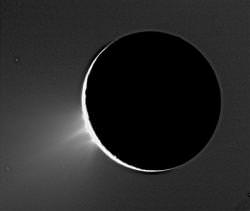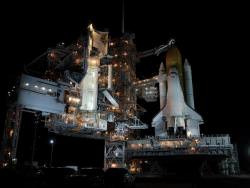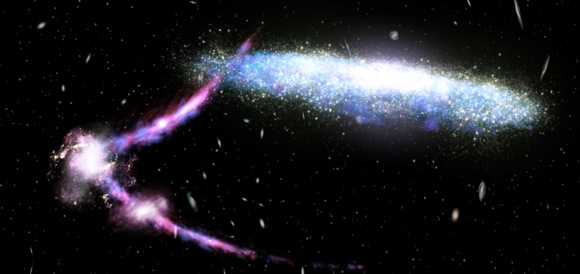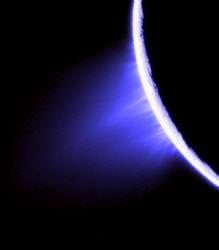So, we want to go to the Moon. Why? Because the Moon is an ideal “staging post” for us to accumulate materials and manpower outside of the Earth’s deep gravitational well. From the Moon we can send missions into deep space and ferry colonists to Mars. Tourists may also be interested in a short visit. Mining companies will no doubt want to set up camp there. The pursuit of science is also a major draw. For what ever reason, to maintain a presence on this small dusty satellite, we will need to build a Moon base. Be it for the short-term or long-term, man will need to colonize the Moon. But where would we live? How could we survive on this hostile landscape? This is where structural engineers will step in, to design, and build, the most extreme habitats ever conceived…
Manned missions to Mars take up a lot of the limelight insofar as colonization efforts are concerned, so it’s about time some focus is aimed at the ongoing and established concepts for colonization of the Moon. We currently have a means of getting there (after all, it is nearly 40 years ago since Apollo 11) and our technology is sufficiently advanced to sustain life in space, the next step is to begin building… In this first installment of “Building a Moon Base”, we look at the immediate issues facing engineers when planning habitats on a lunar landscape.
“Building a Moon Base” is based on research by Haym Benaroya and Leonhard Bernold (“Engineering of lunar bases”)
The debate still rages as to whether man should settle on the Moon or Mars first. Mars is often considered to be the ultimate challenge for mankind: to live on a planet other than Earth. But looking down on us during cloudless nights is the bright and attainable Moon. From here we can see the details of the lunar landscape with the naked eye, it is so close astronomically when compared with the planets, that many believe that the Moon should be our first port of call before we begin the six month (at best) voyage to the Red Planet. It also helps as we’ve already been there…
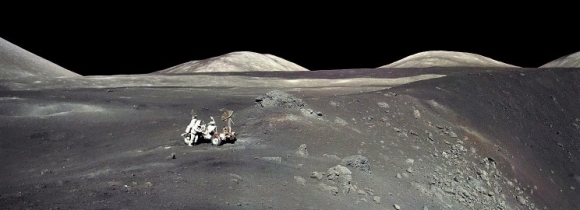
Opinion has shifted somewhat in recent years from the “Mars Direct” plan (in the mid-1990s) to the “Moon First” idea, and this shift has recently been highlighted by US President George W. Bush when in 2004 he set out plans for re-establishing a presence on the Moon before we can begin planning for Mars. It makes sense; many human physiological issues remain to be identified, plus the technology for colonization can only be tested to its full extent when… well… colonizing.
Understanding how the human body will adapt to life in low-G and how new technologies will perform in a location close enough to home will be not only be assuring to lunar colonists and astronauts, it will also be sensible. Exploring space is dangerous enough, minimizing the risk of mission failure will be critical to the future of manned exploration of the Solar System.
So where do you start when designing a moon base? High up on the structural engineers “to do” list would be the damage building materials may face when exposed to a vacuum. Damage from severe temperature variations, high velocity micrometeorite impacts, high outward forces from pressurized habitats, material brittleness at very low temperatures and cumulative abrasion by high energy cosmic rays and solar wind particles will all factor highly in the planning phase. Once all the hazards are outlined, work can begin on the structures themselves.
The Moon exerts a gravitational pull 1/6th that of the Earth, so engineers will be allowed to build less gravity-restricted structures. Also, local materials should be used where and when possible. The launch costs from Earth for building supplies would be astronomical, so building materials should be mined rather than imported. Lunar regolith (fine grains of pulverized Moon rock) for example can be used to cover parts of habitats to protect settlers from cancer-causing cosmic rays and provide insulation. According to studies, a regolith thickness of least 2.5 meters is required to protect the human body to a “safe” background level of radiation. High energy efficiency will also be required, so the designs must incorporate highly insulating materials to insure minimum loss of heat. Additional protection from meteorite impacts must be considered as the Moon has a near-zero atmosphere necessary to burn up incoming space debris. Perhaps underground dwellings would be a good idea?
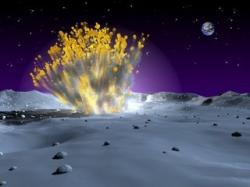
The actual construction of a base will be very difficult in itself. Obviously, the low-G environment poses some difficulty to construction workers to get around, but the lack of an atmosphere would prove very damaging. Without the buffering of air around drilling tools, dynamic friction will be amplified during drilling tasks, generating huge amounts of heat. Drill bits and rock will fuse, hindering progress. Should demolition tasks need to be carried out, explosions in a vacuum would create countless high velocity missiles tearing through anything in their path, with no atmosphere to slow them down. (You wouldn’t want to be eating dinner in an inflatable habitat during mining activities should a rock fragment be flying your way…) Also, the ejected dust would obscure everything and settle, statically, on machinery and contaminate everything. Decontamination via air locks will not be efficient enough to remove all the dust from spacesuits, Moon dust would be ingested and breathed in – a health risk we will not fully comprehend until we are there.
- Building a Moon Base: Part 1 – Challenges and Hazards
- Building a Moon Base: Part 2 – Habitat Concepts
- Building a Moon Base: Part 3 – Structural Design
- Building Moon Base: Part 4 – Infrastructure and Transportation
“Building a Moon Base” is based on research by Haym Benaroya and Leonhard Bernold (“Engineering of lunar bases“)
See also:
- Lunar Base Quarterly (LBQ)
- Lunarpedia.org
- Moon Society


